Making Our Waterways a Little Friendlier with Biodegradable Fishing Line
It’s no secret that we’re fans of freshwater and saltwater fishing here at Extopian, both as a source of nourishment and as (one of many) motivators for responsible stewardship of our planet’s aquatic environments. One HUGE issue facing our waters is the accumulation of refuse from the fishing practice. Anyone who has fished at popular lakes and streams is no stranger to stray and broken lines in the brush and waters. From the lure and bobbers in our area, I’d estimate that some of them are easily a decade old and that’s just the ones ABOVE the water.
Materials in modern fishing line such as Nylon Monofilament have a lifespan of up to 600 years under normal circumstances. Fluorocarbon lines may last THOUSANDS of years. And both may leave behind “micro-contaminants” that enter the food chain long after they have visibly disappeared from the environment.
It was this issue in mind that a product called Bioline came to my attention. I was a bit wary at first that it might be yet another green-washed product who’s claims of biodegradability were dubious, but after much research I’m really pleased with what I’ve discovered regarding their product.
Bioline is made from a substance called Polyglycolic Acid (aka Polyglycolide or PGA). PGA were originally limited in user precisely because they broke down much faster than more exotic polymers. However, the medical field embraced them as those “leave in” sutures that the body heals around and are eventually absorbed by the body with the need for removal.
The form of PGA used in Bioline is plant derived and while it behaves much like monofilament it only has a 5 year lifespan (turning milky white before its final usefulness as fishing line). At this point, it can be processed by bacteria found in the wild.
Originally, the cost of PGA was prohibitively expensive at around $5/yard but manufacturing advances make it competitive with modern filaments at $13-$20 for a standard 210 yard spool (in various ratting from 4 to 20 pound test).
Bioline comes in a sealed foil pouch to extend its shelf life. Simple remove it from its pouch when you’re ready to use, just like any other modern filament.
“Virtually every yard of modern fishing line that has ever been lost is still out there; buried in sediment, hung up on snags or circling the ocean. Bioline, like catch and release does for fish, relieves the environment of its burden in five years. Bioline contains the effects of our actions within years, rather than generations.” — Bioline Fishing, LLC
Disclaimer: This is NOT a paid, endorsed or compensated review. We are in no way affiliate with Bioline. Just spreading the good news.
Additional Research:
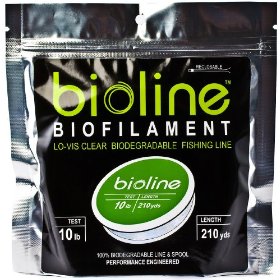 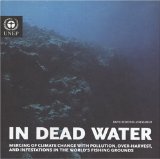 |
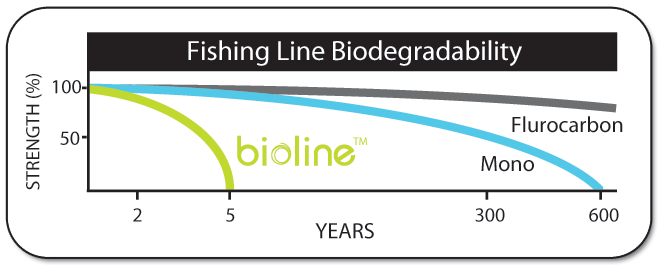
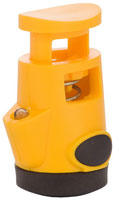
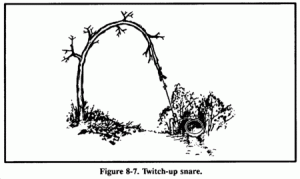
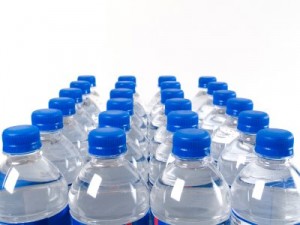


Leave a Reply